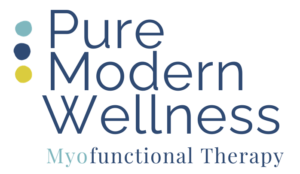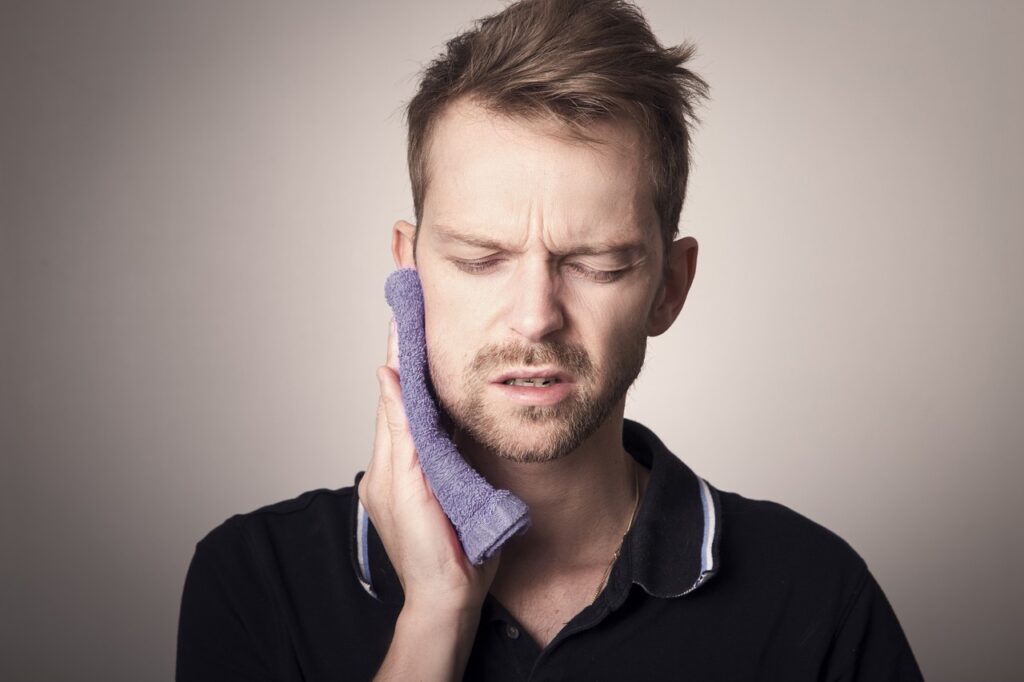TMJ and Myofunctional Therapy
What is TMJ and TMD
The Temporomandibular Joint (TMJ) is a joint that connects the jawbone to the skull. This joint is responsible for movement of the jaw specifically allowing the jaw to hinge open, close, and move side to side. Pain and discomfort in the TMJ region is known as Temporomandibular Joint Disorder (TMD).
What causes TMD and TMJ Pain
TMD can be caused by a number of factors. For instance:
- Arthritis
- Clenching or grinding of the teeth
- Postural structural issues
- Tongue-tie
- Improper chewing or swallowing pattern
- Malocclusion
- Sleeping on one side
- Injury to the jaw
- Orofacial Myofunctional Disorder
As a result from the TMJ not able to hinge adequately TMD can develop in a range of severity in symptoms including:
- TMJ Pain
- Difficulty opening and closing the jaw
- Limited jaw mobility
- Limited jaw range of motion
- Headaches
- Ear aches
- Difficulty speaking
- Difficulty swallowing

